Revisiting the "Swinging Sixties" with Darling (1965)
Travelogue cinema that captures Paris, Rome, and London in the 1960's
“Oh, it should be so easy to be happy, shouldn't it? It should be the easiest thing in the world.”—Julie Christie, in her Oscar-winning role as Diana Scott
Celebrating six decades this year, the film masterpiece Darling, directed by John Schlesinger and featuring Julie Christie as fashion model Diana Scott, is still as compelling and relevant as it was when it premiered back in 1965.
Drawing upon the British New Wave cinema and adding in documentary elements of a society in transition, the plot concerns itself with the affairs of a misguided ingénue, vying for her place in the jet-set trappings of London. Desperately searching to find an authentic love, our protagonist looks everywhere for happiness—everywhere, but within herself.
Christie’s bracing performance as Diana is a cautionary tale for today. Tearing about the “swinging sixties” modeling scene, Diana’s schemes like a voracious wolf—rabidly promiscuous, self-centered, stubbornly naïve, and stunningly beautiful—she is everyone’s darling—viewed as the encapsulation of all that modern society claims as valuable—allure, seductive charm, and popularity—but possessing no steady compass within to inform her whimsical choices.
She surrounds herself with attractive men who are bewitched by her looks, but who cannot resolve the restlessness and inner self-loathing she struggles with. Lacking the confidence and internal resources for stability, Diana flits from lover to lover, city to city, knee-jerking to each frivolous encounter. In a later scene in the film, her more consistent lover Robert, played exquisitely by the legendary British actor Dirk Bogarde, remarks, “Your idea of fidelity is not having more than one man in bed at the same time!”
Filmed on location in London, Rome, and Paris, Diana skips from a high class charity ball in London, to a mod Parisian party complete with strip tease dances and beat music. It’s still captivating to see a grand city like Paris through this dated but nonetheless, penetrating lens.
The film is one of the early examples of British cinema that maintains a sympathetic view towards gay characters, with the introduction of her photographer friend Malcolm, played by a fetching Roland Curram, who has created Diana’s captivating mode. With Malcom, she appears to be most herself, self-trusting and carefree, as he becomes the close confidante who can both embrace and accept her bouts of petulance and bleeding insecurities.
The scenes filmed on the Isle of Capri are some of the most sumptuous and indelible moments in the film. Malcom and Diana stumble upon a beautiful beach house there, overlooking the sea, and suddenly the story feels anchored in a kind of timeless romanticism. The pair interacts with the historic and religious elements of conservative Italian culture, compelling Diana to look, but momentarily, at the consequences of her debauched lifestyle.
Eventually the friendly couple returns to Campari cocktails on the sea-swept promenade, as Malcom flirts shamelessly with dashing waiters. Meanwhile, Diana is visited there on her coastal holiday by a wealthy Italian prince, a contact she formed through a coquettish encounter she had earlier, while filming a television commercial in Rome. Spoiler alert, in the end, Diana winds up marrying this eligible bachelor, only to be met with lonely despair and an unbearable, growing sense of isolation.
For those of us who are curious to imagine what a “swingers” version of spontaneous traveling might have been like in the happening sixties, this is the kind of travelogue film that could inspire you to plan an excursion to the featured iconic locations today—and with Diana Scott as your spur-of-the-moment guide, the holiday seeker in you will be intrigued and challenged and perhaps even inspired, to drink in a heady cocktail of romantic exploits.
This screening of Darling took place recently at one of Barcelona’s most seductive venues, The Velvet Room—an intimate and sophisticated piano and jazz bar located in the Les Corts neighborhood. The evening was hosted by London fashion expert Laura Avery, who co-founded the local non-profit organization here in Barcelona, known as Fashion Cares. Avery pointed out during the event, that the film, in addition to spotlighting the reckless adventures of a young woman in Europe, also won an Academy Award for Best Fashion Design.
All proceeds from the evening’s kickoff movie soirée went to support Avery’s charitable foundation which supports sustainable fashion initiatives and assists with women-centered charities around Barcelona. For anyone living in or visiting Barcelona, especially English-speaking gadabouts, check out the lively events at The Velvet Room and follow along with Avery’s fashion occasions on her Instagram.
And if you’re at home, looking for a guilty pleasure escapade that might stimulate a latent desire for energized romps through Europe—then Darling is your ticket to a melodramatic but memorable paradise.
Resources:
Read a review of Darling for the Criterion Collection
Follow Laura Avery’s Instagram for events related to Fashion Cares
Make sure you visit the lush and entertaining Velvet Room in Barcelona
(All photos by Gerard Wozek or in alignment with Creative Commons)

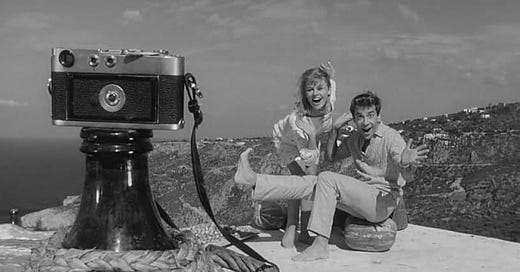



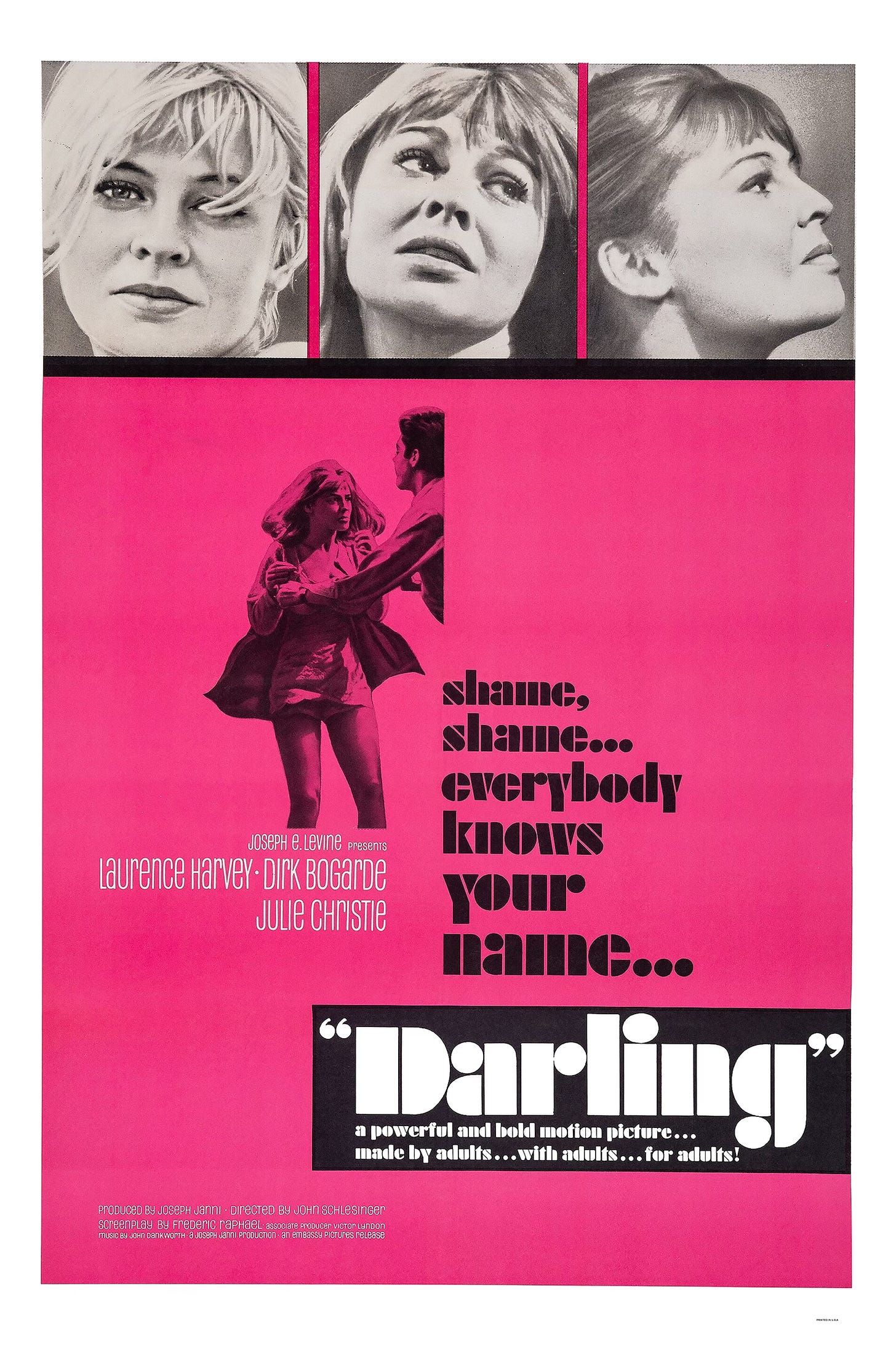
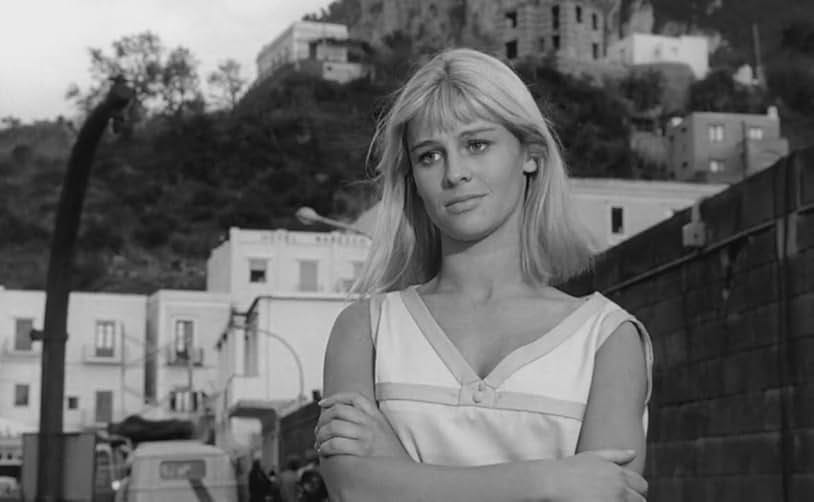

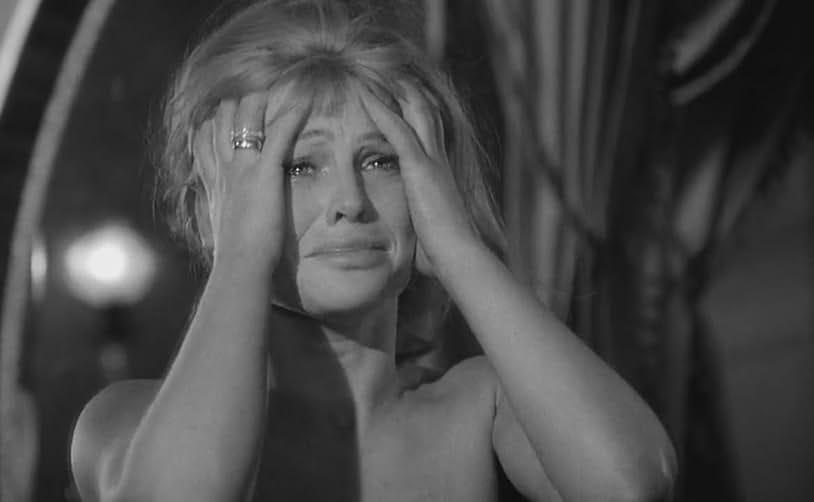


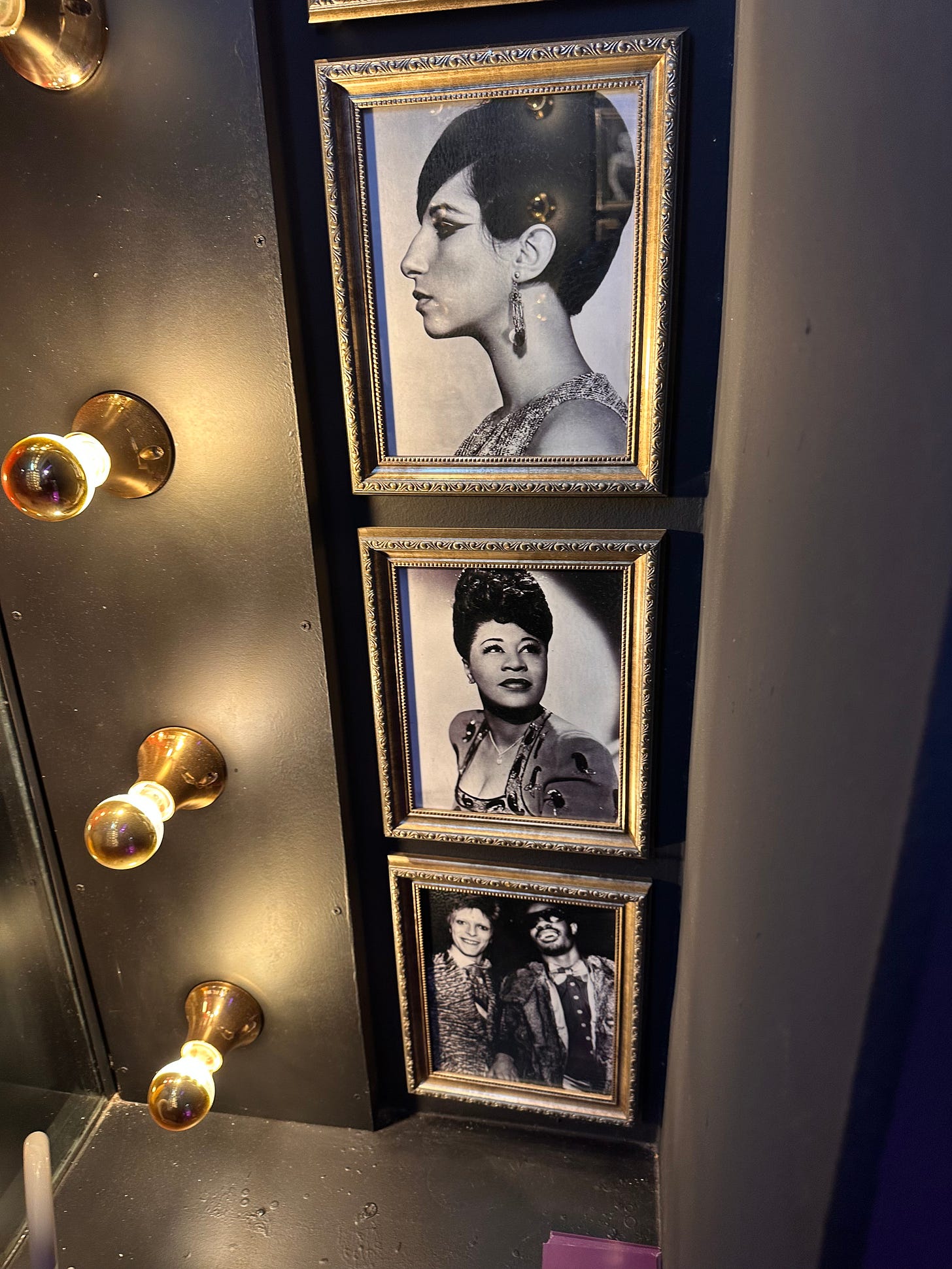
I love this review, Gerry, and the fact that this movie was shown recently in Barcelona's Velvet Room signifies the movie's relevance even today. I think Julie Christie is a fine actress, and it must be amazing to see her travel through all three cities. I really honed in on your discussion of Christie's character ultimately being unsatisfied with herself, that the self-love component is missing. That would make this film even more interesting, in my opinion.
The movie sounds intriguing, and I am interested in seeing the 1960s sights of these 3 cities. Thanks.